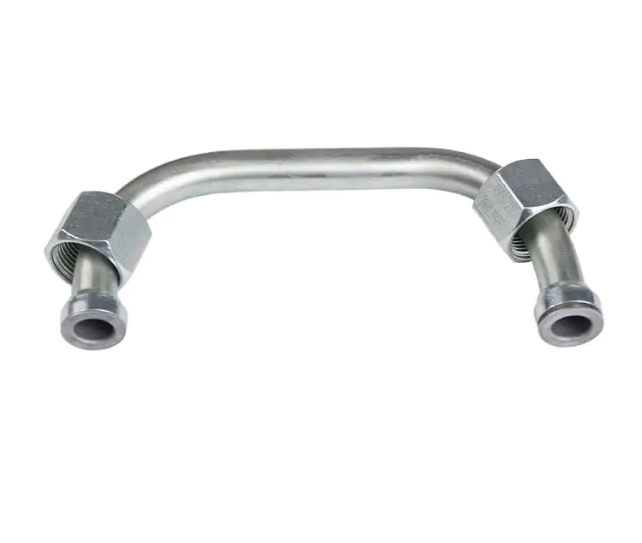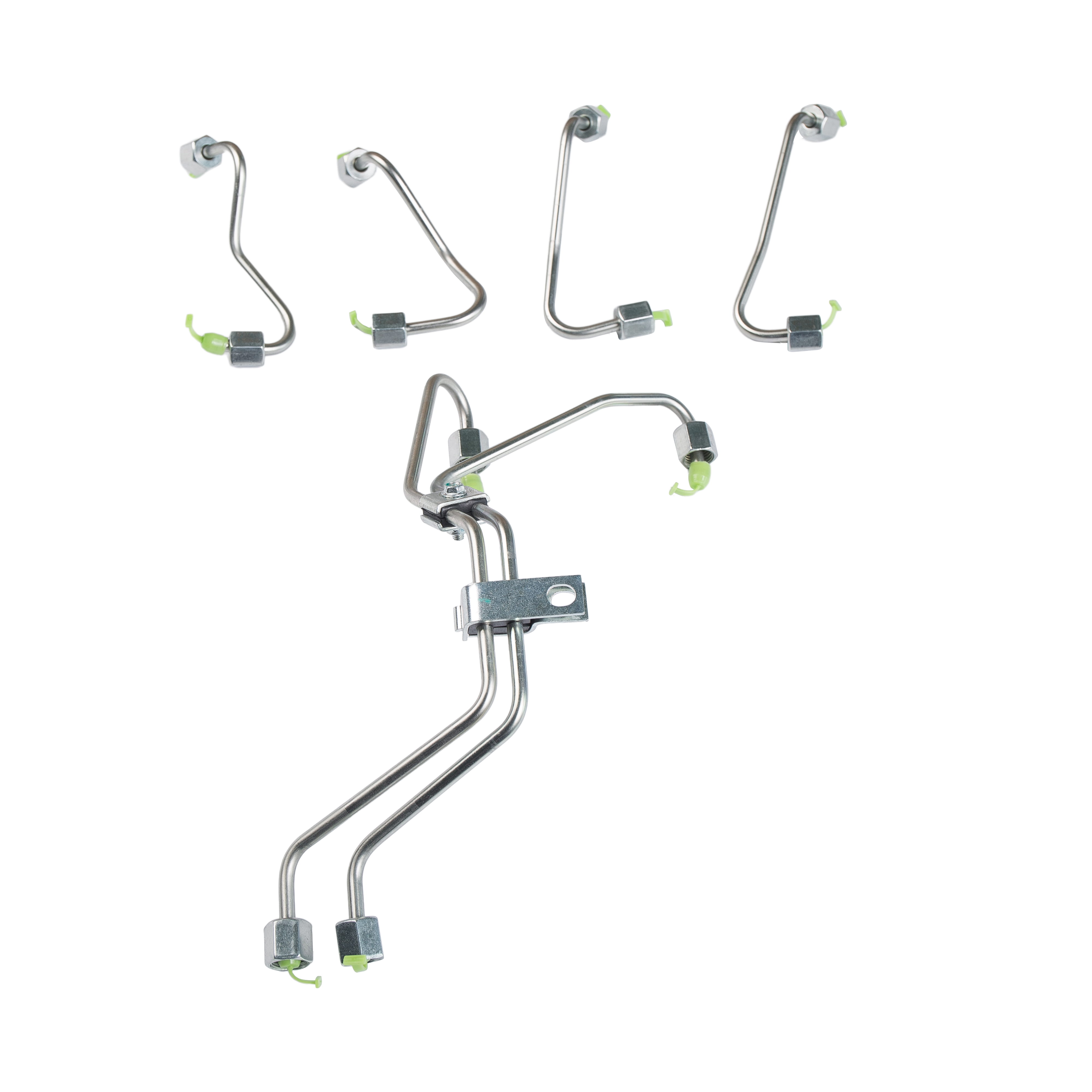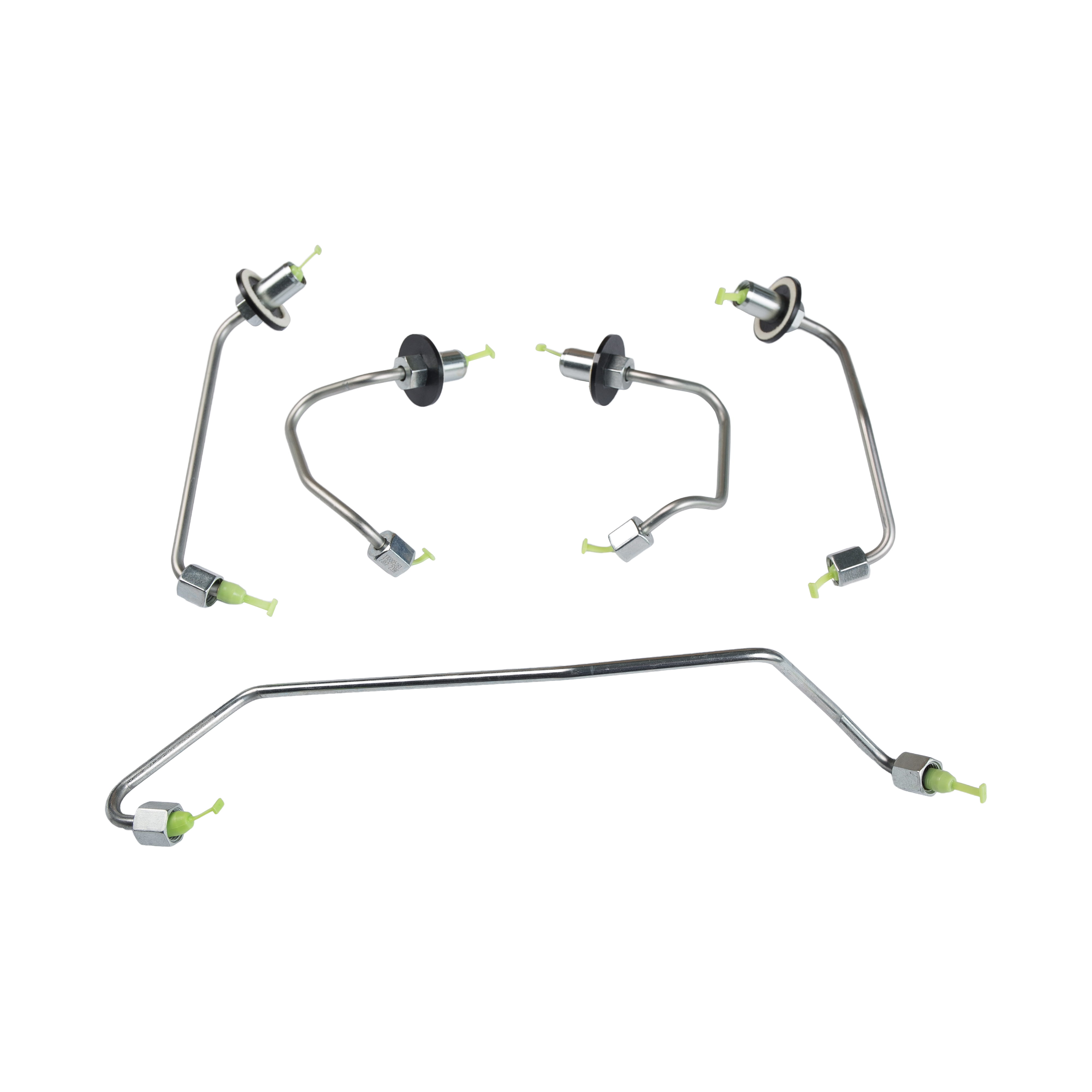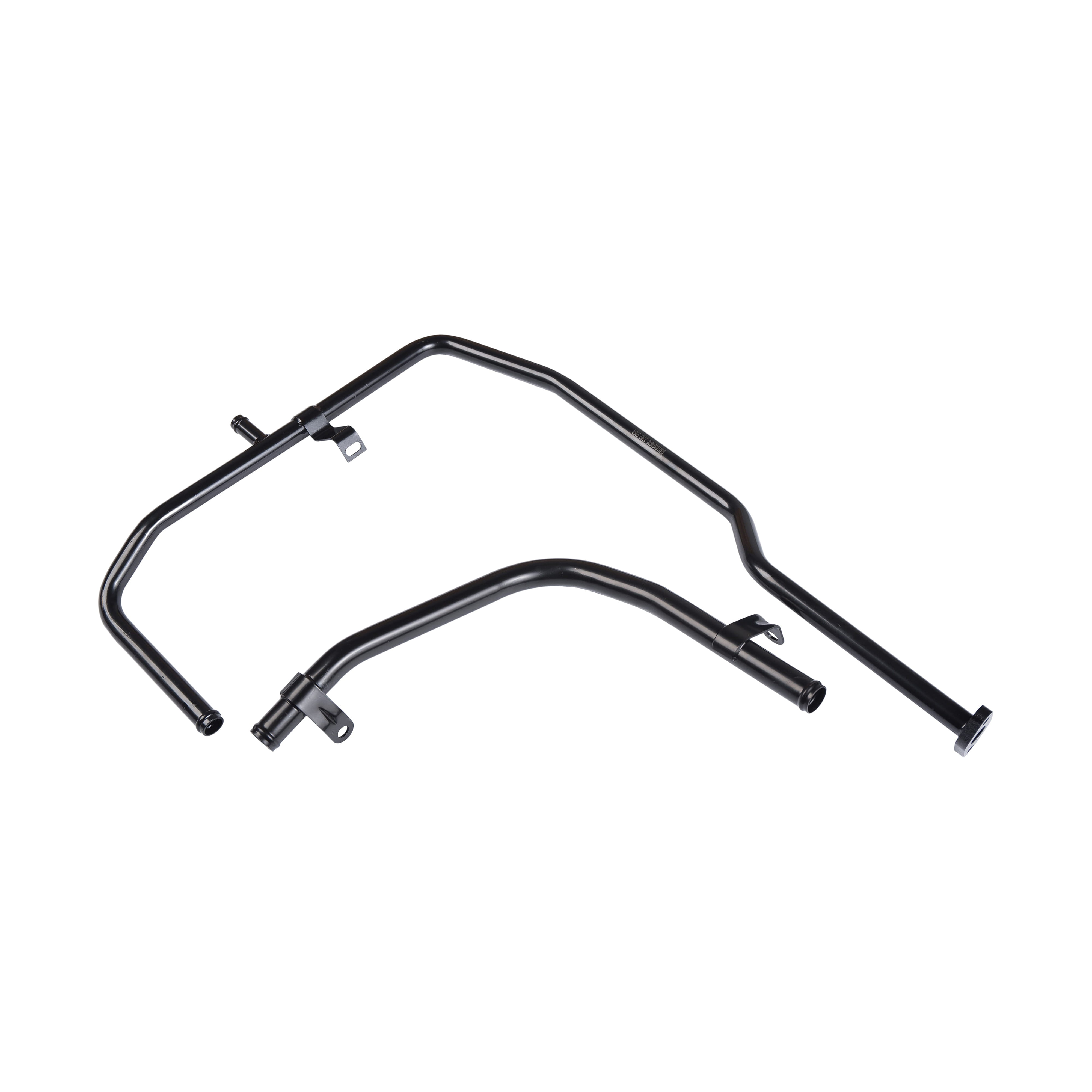In many industrial fields such as oil, natural gas, chemical industry, electric power and construction, Carbon Steel Pipeline Series is the core component for conveying fluid, gas or solid particle media. Its selection directly affects the safety, durability and operation efficiency of the entire system. In order to ensure the stable operation of carbon steel pipelines under complex working conditions, comprehensive consideration must be given to material grade, structural design, manufacturing standards, corrosion protection, installation and maintenance, etc.
In terms of material selection, the carbon steel grade should be reasonably selected according to the nature, temperature, pressure and environmental conditions of the working medium. Common carbon steel pipeline materials include ASTM A106 B grade, API 5L X42/X52/X65, GB/T 8163, etc. Different grades correspond to different mechanical properties and applicable scopes. For example, in high temperature and high pressure environments, A106 B grade steel pipes with good high temperature strength and welding performance should be preferred; in oil and gas transportation projects, high-strength pipeline steels under API standards, such as X65, X70, etc., should be considered to meet the safety requirements of long-distance transportation.
In terms of pipeline specifications and wall thickness design, scientific calculations should be made based on the system's working pressure, flow requirements and fluid characteristics. Wall thickness verification is usually carried out according to relevant standards such as ASME B31.3 (process pipelines), B31.4 (liquid hydrocarbon transportation) or B31.8 (gas transportation) to ensure that the pipeline has sufficient pressure bearing capacity and fatigue resistance. In addition, the layout should be optimized in combination with factors such as pipeline direction, support spacing and thermal expansion coefficient to prevent early failure caused by stress concentration or vibration.

The choice of manufacturing and connection methods is also crucial. Carbon steel pipelines can be made of seamless steel pipes or welded steel pipes. The former is suitable for high pressure and high temperature occasions, while the latter is low in cost and suitable for large-diameter long-distance pipelines. The main connection methods include butt welding, socket welding, flange connection and threaded connection. Among them, flange connection is easy to disassemble and maintain, and is suitable for parts that require regular maintenance; while butt welding connection has higher sealing and structural strength, and is suitable for key systems that operate continuously.
In terms of anti-corrosion treatment and coating protection, carbon steel pipelines are susceptible to corrosion, especially in humid, acidic, alkaline or sulfur-containing environments. Therefore, corresponding anti-corrosion measures must be taken according to the specific use environment. Common protection methods include epoxy coal tar coating, three-layer PE (3PE) anti-corrosion layer, hot-dip galvanizing, internal and external plastic lining, etc. For buried pipelines, cathodic protection technology should also be combined to extend the service life and reduce the risk of leakage.
During the installation and post-maintenance management process, the construction specifications should be strictly followed to avoid safety hazards caused by misalignment, incomplete welding, etc. After the installation is completed, a water pressure or air pressure test should be carried out to verify the sealing and strength of the system. During the operation stage, it is recommended to establish a regular inspection system to monitor the corrosion rate, wall thickness changes and connector status of the pipeline, and promptly discover and deal with potential problems.
The correct selection of carbon steel pipeline series not only involves technical parameters such as materials, specifications, and manufacturing processes, but also requires a systematic evaluation in combination with actual working conditions and industry standards. Only through scientific selection, standardized installation and effective maintenance can the safe, stable and efficient operation of the industrial system be truly guaranteed, providing a solid foundation for enterprise production.

 English
English Español
Español русский
русский












